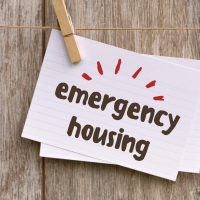Latest News
November 2025
An evening to honor Vermont’s access-to-justice community.
September 2025
VLA has secured two additional wins for clients seeking emergency housing.
September 2025
We’re in the news!
August 2025
The Human Services Board ruled the state incorrectly applied the 80-day cap.
June 2025
Residents are invited to make appointments for this clinic.
June 2025
Vermont Legal Aid co-hosted the first-ever Justice in Housing: New England conference.





